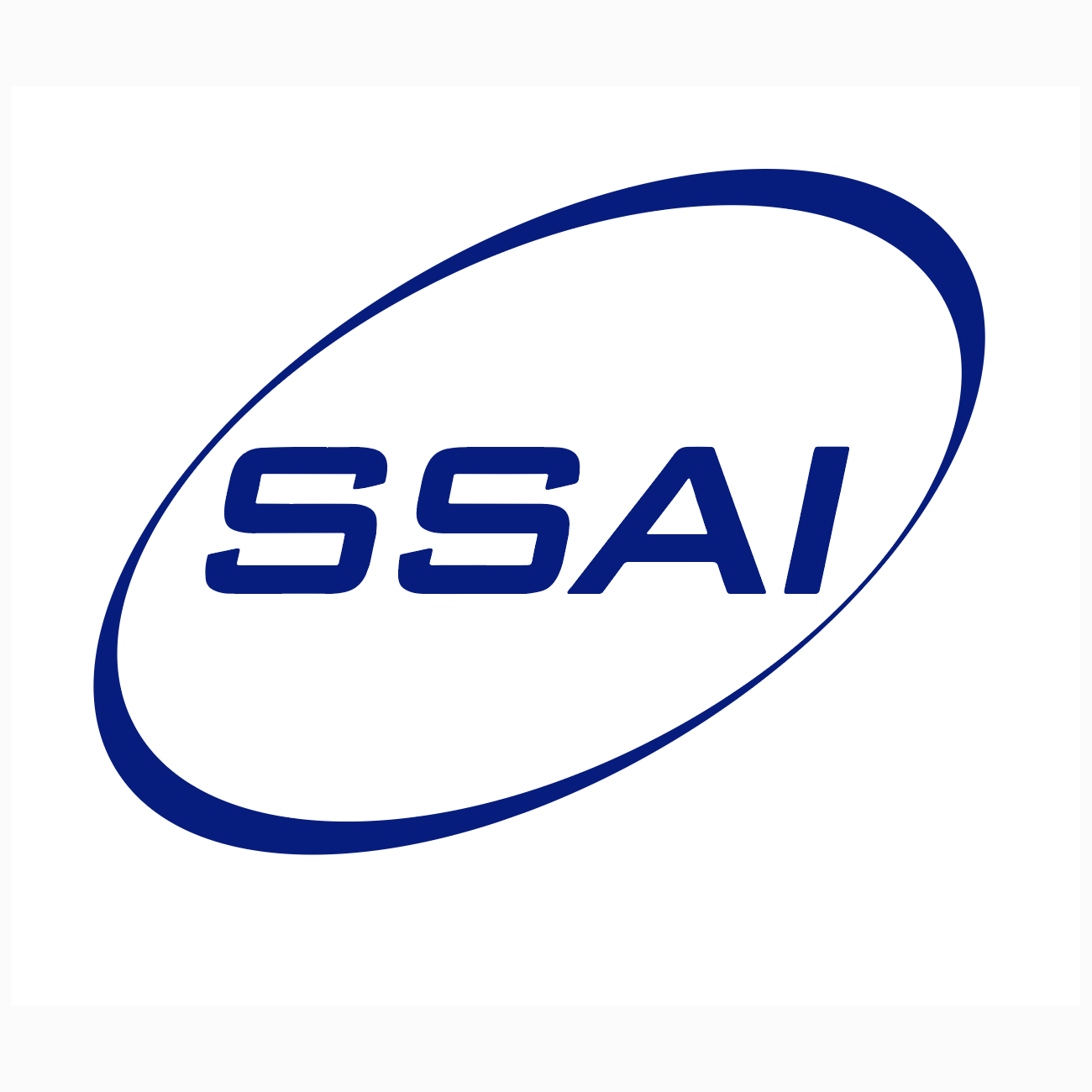
Summary
Major Accomplishments
SSAI Provided Critical Data Processing and Analysis Support to NASA HQ During COVID-19, Enabling Remarkable Changes in NO2 Levels to be Featured Online
reductions in air pollution over its major metropolitan areas. Similar
reductions in air pollutionwere observed in other regions of the world.
The restrictions on human production and activity that were enacted in countries around the world early in the COVID-19 pandemic had a measurable effect in reducing the levels of harmful air pollution in populated areas. As such, the American, European, and Japanese space agencies (NASA, ESA, and JAXA, respectively) partnered to develop the tri-agency EO Dashboard to provide visualizations of changes in human-induced environmental effects observed from satellites during COVID-19.
The Ozone Monitoring Instrument (OMI) team at NASA Goddard Space Flight Center (GSFC) is a major contributor to this effort. Many of the team’s critical members are seasoned SSAI personnel that played an essential role in developing the OMI NO2 data product, one of the primary datasets featured in this scientific and educational resource.
SSAI team members provided critical, time-sensitive support to NASA HQ with NO2 data processing and analysis during COVID-19 and enabled the OMI data that highlighted the remarkable changes in NO2 levels featured on the main NASA webpage. To date, the OMI core team is actively working with the EO Dashboard developers and their sponsors to supply OMI NO2 data in cloud-optimized and analysis-ready formats, so they can be loaded into the EO Dashboard immediately after the OMI data is acquired and processed at GSFC. In recognition of their significant efforts, the OMI COVID-19 response team, including its SSAI experts, was awarded the 2020 Robert H. Goddard Award in the Science Teams category.
In The News

Diode Laser Hygrometer (DLH) measures water vapor at Eielson Air Force Base in Fairbanks, AK
